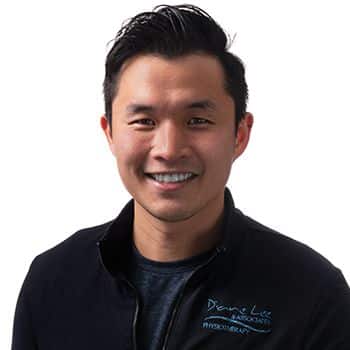Calvin graduated with his Bachelors of Kinesiology from McMaster University in 2008. During his time at McMaster, Calvin worked with various varsity teams including tennis, squash, badminton and volleyball providing field-side coverage for practices, games and tournaments. He went on to pursue his physical therapy degree, and in 2010 Calvin graduated with his Master of Physical Therapy from the University of Western Ontario. Since graduating, Calvin decided to cultivate his skills in orthopedic practice and has pursued post-graduate training with the Acupuncture Foundation of Canada Institute, Gunn IMS, and the Upledger Institute for CranioSacral techniques. Calvin has also completed his Graduate Certificate in Manual Therapy at the University of British Columbia and is a Fellow of the Canadian Academy of Manipulative Therapy.
In 2013, Calvin took the Discover Physio Series with Diane Lee and LJ Lee and was introduced to the Integrated Systems Model (ISM). Since 2013, Calvin has had the privilege of learning with his peers and mentors at Diane Lee & Associates which has allowed him the opportunity to refine and further develop his practice using the ISM. He has also been able to develop his own special interest in Men’s Health and has been able to use the ISM approach to help men with issues including urinary incontinence, sexual dysfunction and chronic pelvic pain. In 2017, Calvin completed his ISM certification and now assists Diane Lee with her courses. He continues to grow and learn with each ISM course he attends, or assists, and looks forward to continuing his ISM journey in the years to come. In 2020, Calvin opened his own physiotherapy clinic in East Vancouver and remains connected through the ISM Series to those at Diane Lee & Associates.

